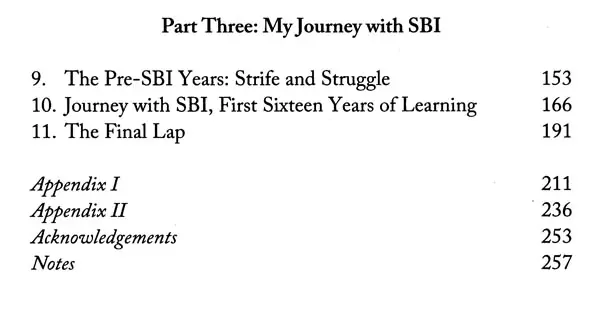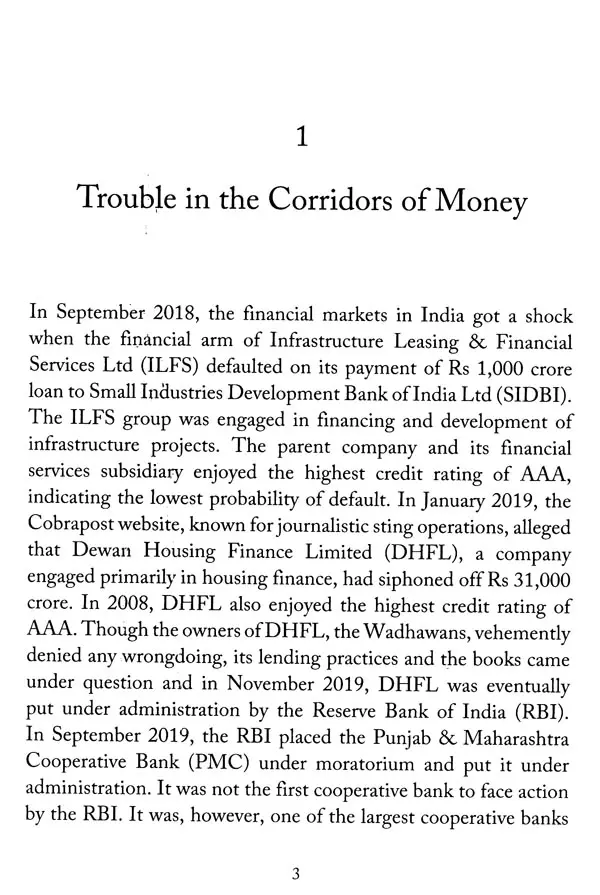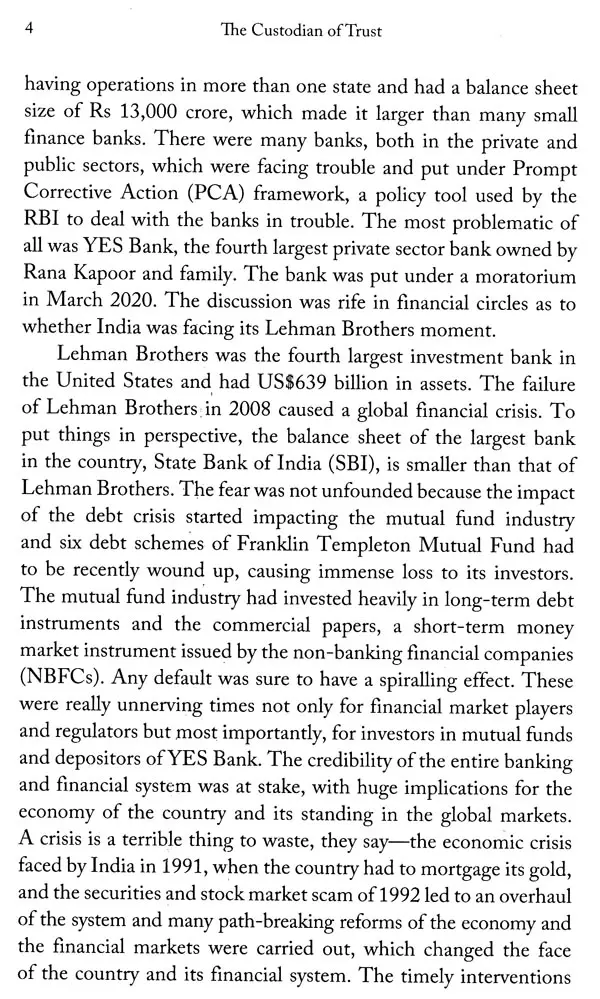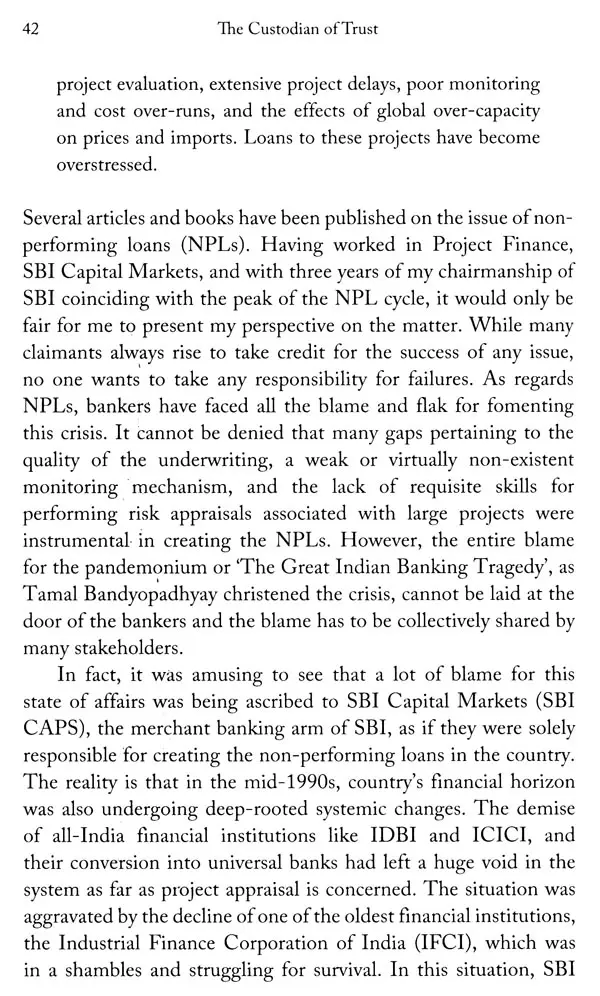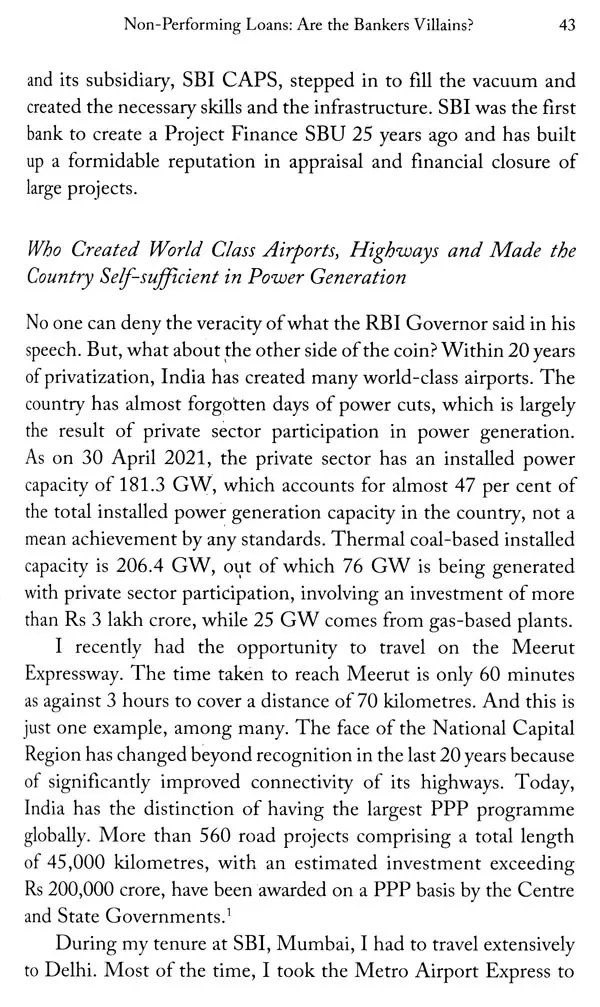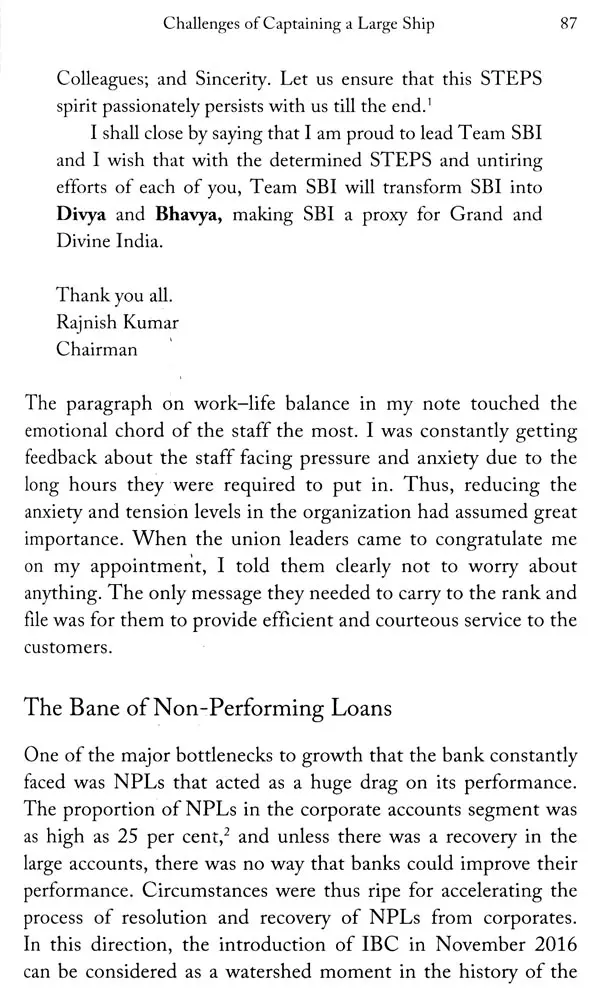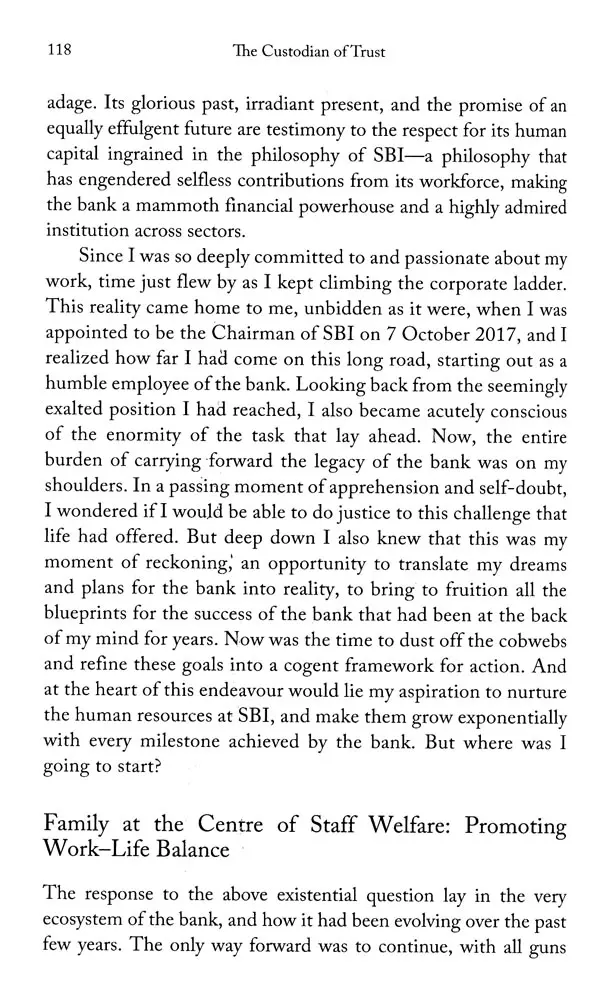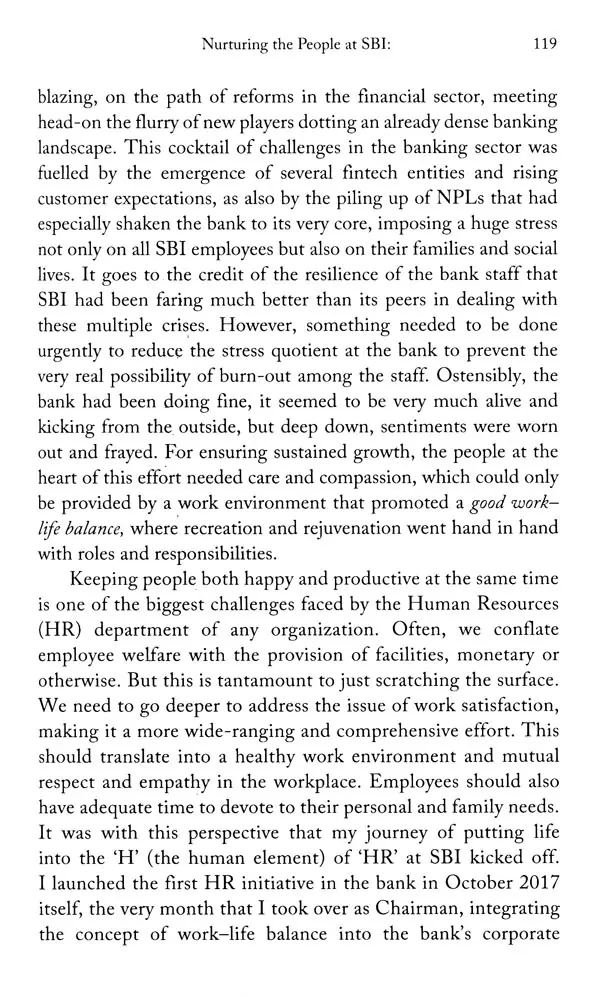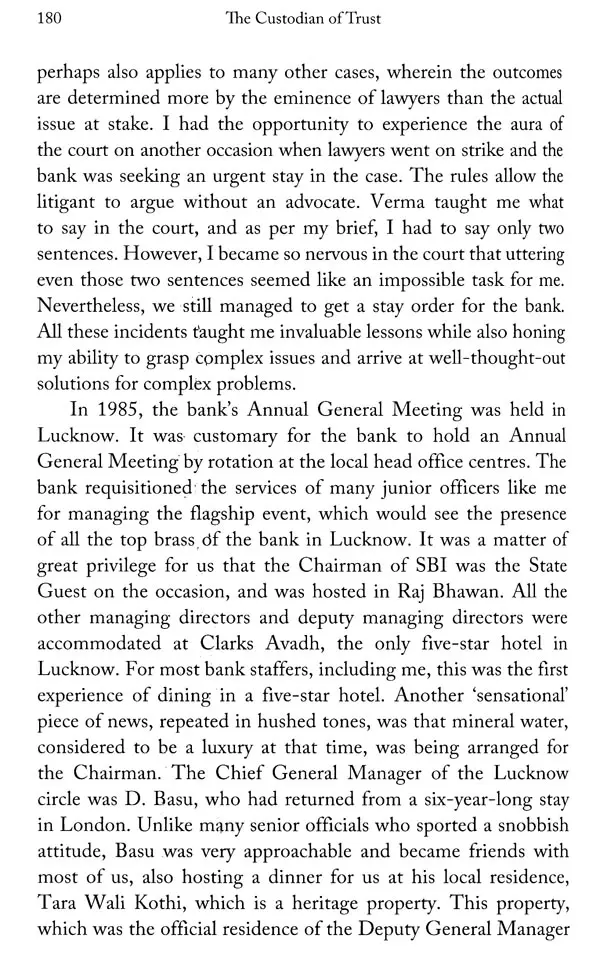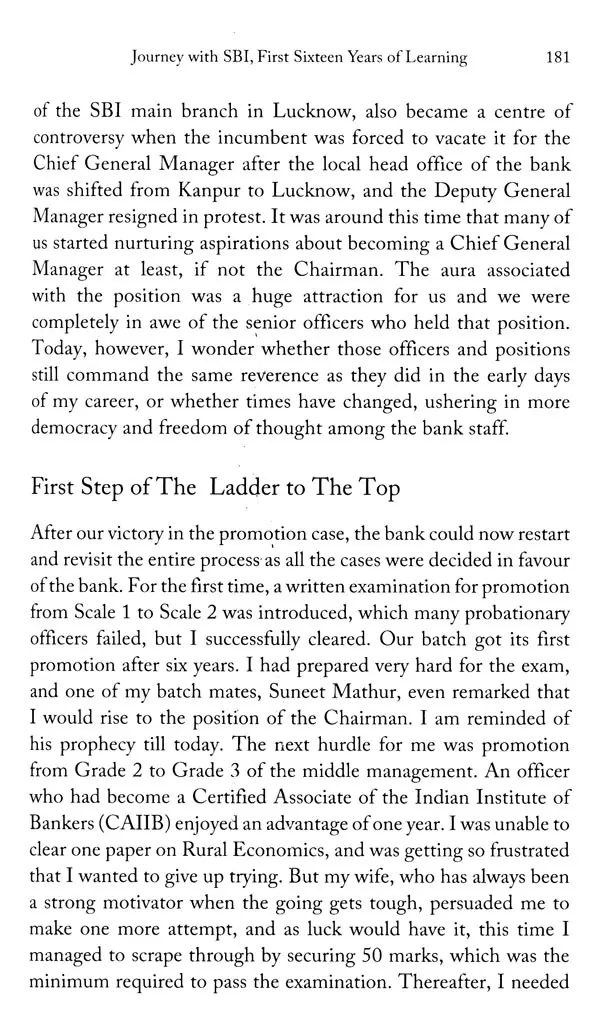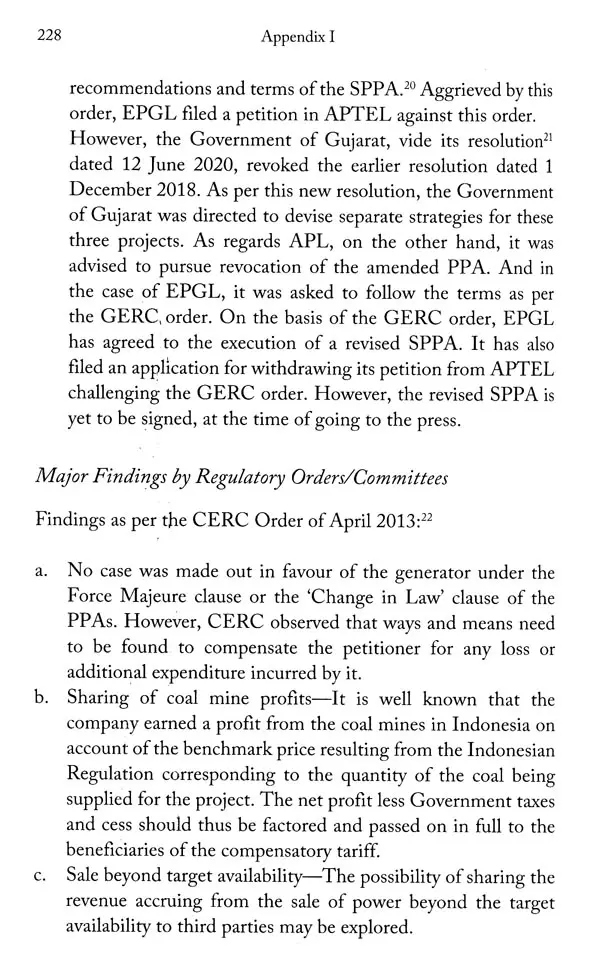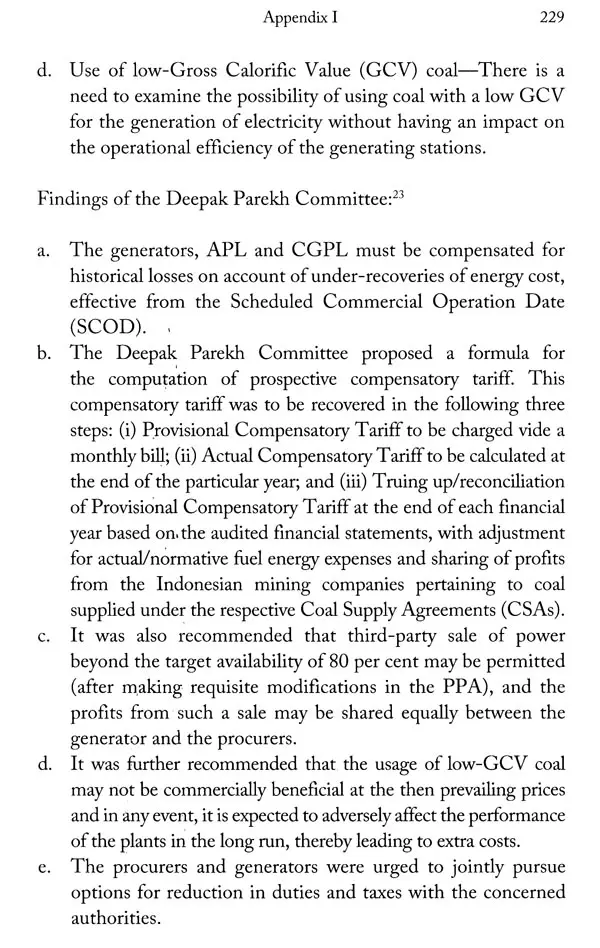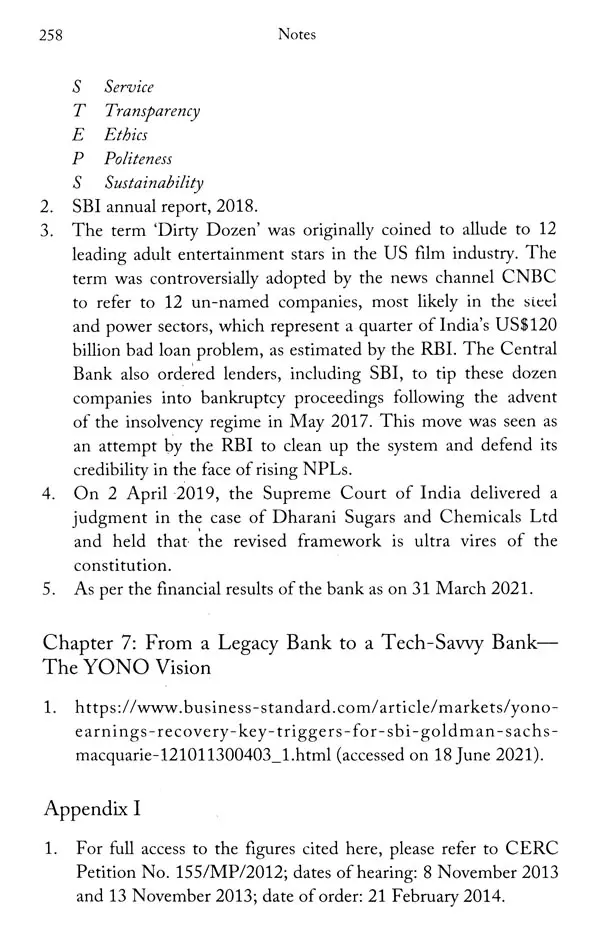
The Custodian of Trust- A Banker's Memoir
Book Specification
| Item Code: | UAE704 |
| Author: | Rajnish Kumar |
| Publisher: | Penguin Random House India Pvt. Ltd. |
| Language: | English |
| Edition: | 2021 |
| ISBN: | 9780670095773 |
| Pages: | 278 |
| Cover: | HARDCOVER |
| Other Details | 9.00 X 6.00 inch |
| Weight | 440 gm |
Book Description
From being a probationary officer in the State Bank of India (SBI) in 1980 to its Chairman in 2017, Rajnish Kumar had an amazingly interesting journey in which he saw the many changes in India's banking sector that greatly impacted the country and its economy.
.s the Chairman of SBI, Kumar recounts, his term was quite momentous as the period-from 2017 to 2020-during which he shouldered this responsibility was rather unique under any circumstances. The Indian banking sector was going through one of its most tumultuous phases. The problem of non-performing loans (NPLs) had severely impacted the balance sheets and profitability of banks, especially those in the public sector.
In the aftermath of demonetization, the YES Ban k fiasco, the crisis in Jet Airways and NPLs, among others, 'The Custodian of trust is a candid memoir by the former Chairman of India's largest commercial bank YONO Bank, engaging and evocative; this hook is an unpurdownahle memoir of a former banker.
An MSC in physics, Kumar is a Certified Associate of Indian Institute of Bankers (CAIIB), an avid traveler and passionate about badminton.
That the SBI is a unique institution in the world is largely due to the, fact that it is the only bank across nations that funds the largest corporate and infrastructure projects while at the same time offering inclusive banking to meet the needs of the most underprivileged citizens of the country. The fact that it is a listed entity on stock exchanges with a majority of its stake being owned by the Government entails its own challenges of governance and the mandate to fulfill the high expectations of all its stakeholders. Thus, there is never a dull moment in the life of the SBI Chairman even in normal times.
My tenure as Chairman was even more momentous as the period during which I shouldered this responsibility cannot be termed as 'normal' under any circumstances. The Indian banking industry was going through one of its most tumultuous phases. The problem of non-performing loans (NPLs) had severely impacted the balance sheet and profitability of banks, especially those in the public sector. The failure of a few prominent non-banking financial companies (NBFCs) and the near-collapse of the fourth largest private sector bank in the country, YES Bank, posed a serious threat to the private sector banking system of the country.
Further, the rise of Financial Technological Companies (Flntechs) was changing the fiscal landscape by creating competition for conventional banks. The other unprecedented events that occurred just before and during my stint as the SBI Chairman, which had a lasting impact on the nation's economy, included demonetization, introduction of the Insolvency and Bankruptcy Code (IBC) and the Goods and Services Tax (CST), and the rise of e-commerce companies, all of which fostered a paradigm shift in the operating environment for banks. All these developments have inspired me to write this book to share my experiences at SBI with readers and invite them to join my eventful journey aboard this huge ship.
The book is divided into three sections. Part I provides details about the YES Bank fiasco and the rescue of the bank, the behind the-scenes tale of Jet Airways, assessment of NPLs from a banker's perspective, and the case of Essar Steel, a trailblazer in terms of the resolution of stressed assets under the newly introduced Ibex. Part II details the SBI's handling of the challenges of demonetization and of the merger of six banks with it, cleaning up of the bank's balance sheet, the advent of a significant technological advancement through the introduction of its YONO App, and most importantly, harnessing of the latent talent in the bank that has enabled it to sail through rough waters.
Book's Contents and Sample Pages


